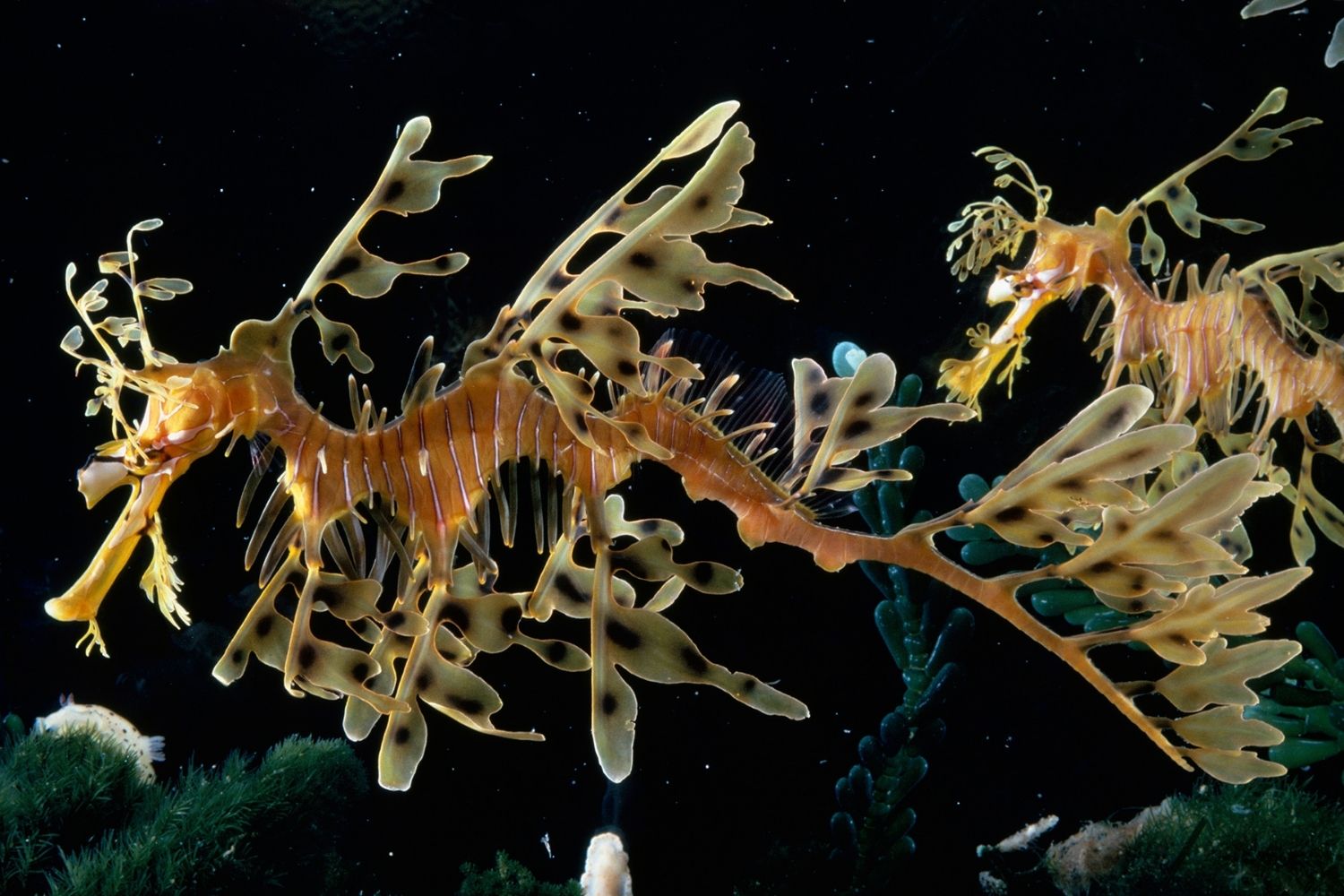
Adaptations are nature's way of helping plants and animals survive in their environments. Ever wondered why some animals change color or how certain plants thrive in deserts? Adaptations can be physical traits like a giraffe's long neck or behavioral changes like birds migrating. These changes happen over many generations, allowing species to better fit their surroundings. From the Arctic fox's thick fur to the cactus's water-storing abilities, each adaptation tells a story of survival. Understanding these fascinating changes can help us appreciate the incredible diversity of life on Earth. Ready to learn more? Let's dive into 29 amazing facts about adaptations!
What Are Adaptations?
Adaptations are fascinating changes that help living things survive in their environments. These changes can be physical, behavioral, or physiological. Let's dive into some amazing facts about adaptations.
-
Camouflage: Many animals have developed colors and patterns that help them blend into their surroundings. This makes it harder for predators to spot them.
-
Mimicry: Some species imitate the appearance or behavior of other creatures. For example, the harmless king snake looks like the venomous coral snake to avoid predators.
-
Hibernation: Bears and other animals hibernate to survive cold winters. They slow their metabolism and live off stored body fat.
-
Migration: Birds like the Arctic tern travel thousands of miles to find better feeding grounds and breeding areas.
-
Thick Fur: Animals in cold climates, such as polar bears, have thick fur to keep them warm.
-
Water Storage: Cacti store water in their thick stems to survive in arid environments.
-
Nocturnal Lifestyle: Many desert animals are nocturnal, meaning they are active at night to avoid the extreme daytime heat.
-
Long Roots: Plants in dry areas often have long roots to reach deep underground water sources.
Behavioral Adaptations
Behavioral adaptations are actions animals take to survive. These behaviors can be instinctual or learned.
-
Tool Use: Some animals, like chimpanzees, use tools to help them get food. They might use sticks to fish termites out of mounds.
-
Social Structures: Wolves live in packs with a clear hierarchy, which helps them hunt more efficiently.
-
Migration Patterns: Monarch butterflies travel thousands of miles to escape cold weather and find food.
-
Hunting Techniques: Dolphins use sophisticated hunting techniques, like creating mud rings to trap fish.
-
Communication: Bees perform a "waggle dance" to tell other bees where to find nectar.
-
Burrowing: Animals like rabbits dig burrows to create safe homes and escape predators.
-
Playing Dead: Opossums play dead when threatened, making predators lose interest.
Physical Adaptations
Physical adaptations are changes in an organism's body that help it survive.
-
Webbed Feet: Ducks and other waterfowl have webbed feet to help them swim.
-
Sharp Claws: Eagles have sharp claws to catch and hold onto their prey.
-
Long Neck: Giraffes have long necks to reach leaves high up in trees.
-
Thick Skin: Elephants have thick skin to protect them from the sun and insect bites.
-
Venom: Some snakes and spiders produce venom to immobilize their prey.
-
Gills: Fish have gills that allow them to extract oxygen from water.
-
Sticky Tongue: Frogs have sticky tongues to catch insects quickly.
Physiological Adaptations
Physiological adaptations involve internal body processes that help an organism survive.
-
Antifreeze Proteins: Some fish produce antifreeze proteins to prevent their blood from freezing in icy waters.
-
Efficient Kidneys: Desert animals like kangaroo rats have highly efficient kidneys that conserve water.
-
Photosynthesis: Plants convert sunlight into energy through photosynthesis, allowing them to grow and thrive.
-
High Altitude Adaptation: People living in high altitudes, like the Himalayas, have adapted to have more red blood cells to carry oxygen.
-
Bioluminescence: Some deep-sea creatures produce light through chemical reactions to attract prey or mates.
-
Thermoregulation: Humans sweat to cool down, while dogs pant to regulate their body temperature.
-
Fat Storage: Camels store fat in their humps, which they can convert to water and energy when food is scarce.
The Marvel of Adaptations
Adaptations are nature's way of ensuring survival. From the camouflage of chameleons to the migration patterns of birds, these changes help species thrive in their environments. Plants and animals alike develop unique traits to cope with challenges, whether it's extreme weather or predators.
Understanding these adaptations not only fascinates but also teaches us about biodiversity and ecosystem balance. It highlights the incredible resilience and ingenuity of life on Earth. Next time you see a cactus in the desert or a polar bear in the Arctic, remember they're not just surviving—they're thriving, thanks to their amazing adaptations.
So, keep an eye out for these natural wonders. They remind us of the intricate and beautiful ways life evolves to meet the demands of its surroundings. Adaptations truly are a testament to the power of evolution.
Was this page helpful?
Our commitment to delivering trustworthy and engaging content is at the heart of what we do. Each fact on our site is contributed by real users like you, bringing a wealth of diverse insights and information. To ensure the highest standards of accuracy and reliability, our dedicated editors meticulously review each submission. This process guarantees that the facts we share are not only fascinating but also credible. Trust in our commitment to quality and authenticity as you explore and learn with us.
